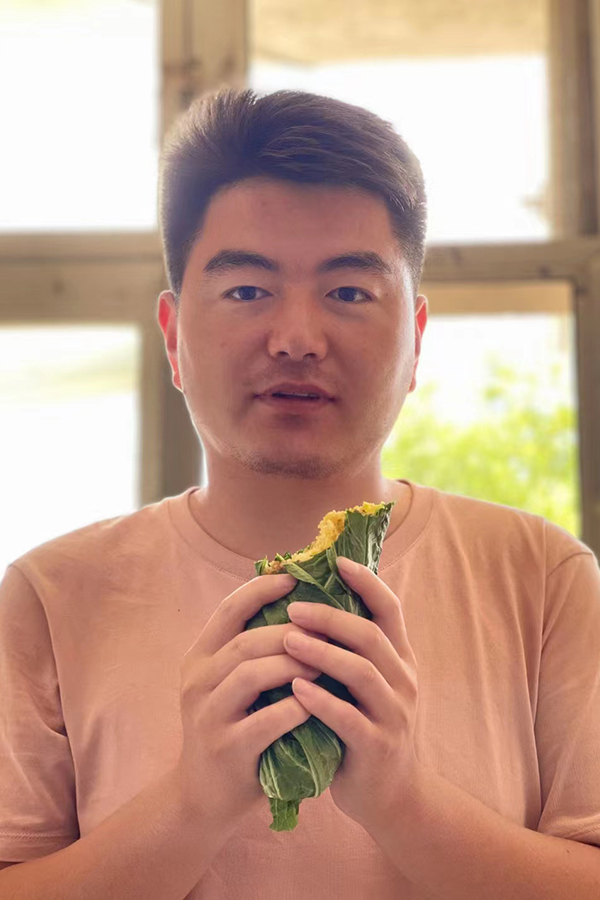
Digging a spade into the soil around Xinglongwa, some 600 km northeast of Beijing, can bring up a lot of history. Today, it’s a bustling town, but its fame comes from the prehistoric settlements that were discovered here in the 1980s, including the oldest-known village in China, dating back to around 6200 BC.
Among the many treasures the archaeological site has revealed over the years, there is one discovery that expanded our understanding of early Neolithic life and put the Xinglongwa area on the map as the cradle of crop cultivation in China: tiny carbonated granules of 8 000-year-old millets.
The discovery of the sorghum and foxtail millets, made in 2003, also earned the site a spot among the Globally Important Agricultural Heritage Systems.
Haiqing Liu was only a boy of eight when the millets were found, living in a small village just outside of Xinglongwa. Today, the 28-year-old is the custodian of the agricultural heritage site and the driving force behind a recent revival in local millet farming in this part of China, known as the Inner Mongolia Autonomous Region.
His unusual journey started in 2017, after graduating university, when Haiqing, unlike many of his peers, decided to return to his village and build a future in farming. His idea was to set up a cooperative with local farmers, specializing in ancient millets – and produced ecologically.
Contrary to his expectations, the idea was not an instant hit with local farmers. Faith was limited in the young graduate, he recalls, and funds were equally scarce. As a result, their early production was “skinny”, he says. All signs pointed to a premature end of the cooperative when Haiqing had an idea: internet crowdfunding.
"Seeking 100 partners to back up a cooperative," read his first post in which he used the agricultural heritage designation to pitch his idea.
If he could just get 100 people to buy 10 jin (5 kg) each of millets at the price of 150 yuan per person (some USD 22 at the time) they could boost local incomes and revive ancient agriculture all at the same time. Within a week, he raised 16 000 yuan.
This produce-on-demand model – or “Sales before production, production according to sales”, as Haiqing calls it – ultimately became part of their success. It guarantees that farmers get a good price for their product and never produce too much. In 2018, the cooperative registered the trademark Aohan Banner Millet, which refers to the region and guarantees the conservation of traditional millets species like sorghum and foxtail.
Since then, it has become a celebrated brand and local farmers have embraced Xinglongwa’s identity as ancient hometown of millets.
After all, Haiqing says, “Millets farmers not only grow millets, they also preserve the millets culture. That’s why it’s important we farmers learn as much as possible about their history.”